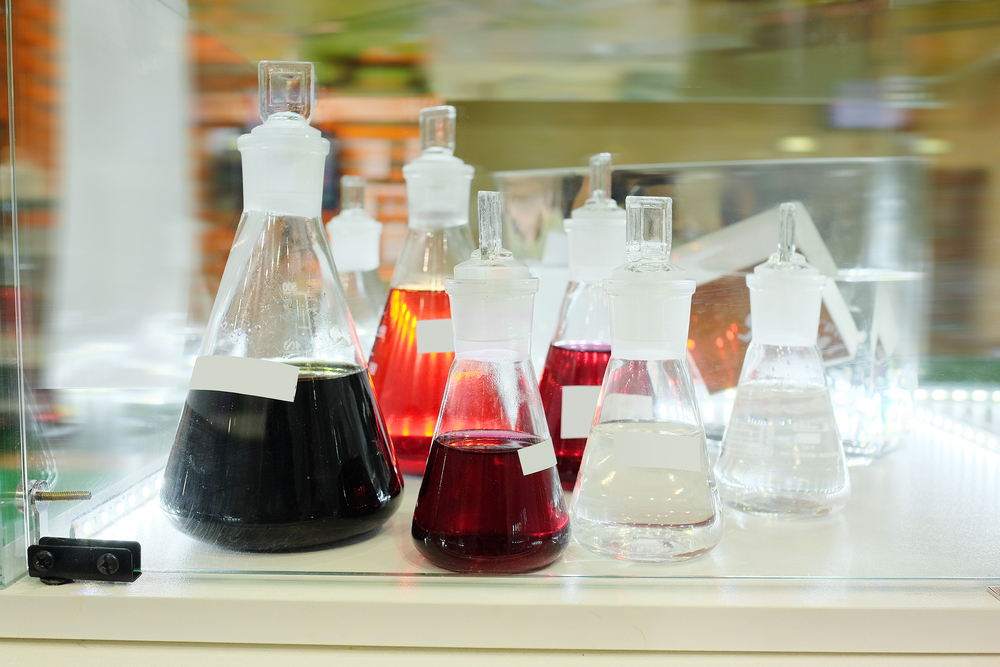It is extremely difficult to predict which drug will work the best in addressing cancer treatment for a particular breast cancer patient, as choosing the best one from more than one hundred drugs that have already received approval as cancer treatment drugs can prove daunting for physicians. The Massachusetts Institute of Technology (MIT) recently developed a new device that might help improve the decision-making process. It is an implantable device smaller as a grain of rice with the capacity to carry small doses of 30 different drugs. The device is implanted into a tumor and the drugs are diffused into the tissue, wherein doctors can measure the effectiveness of each drug.
Oliver Jonas, an MIT Koch Institute for Integrative Cancer Research postdoc and lead author the study published in the Science Translational Medicine said this approach could end the guesswork that treating cancer entails. “You can use it to test a patient for a range of available drugs, and pick the one that works best,” Jonas said.
Robert Langer and Michael Cima are the study’s senior authors. Langer is a Chemical Engineer and Cima is a Materials Science Engineer, both from MIT.
The majority of the drugs used against cancer work by damaging cancer DNA and interfering with cell function. Recently, researchers have advanced more targeted drugs thought to kill tumor cells that display a specific mutation. Nevertheless, it is difficult to predict if a particular drug will reveal itself effective in a patient.
Sometimes, doctors extract cells collected from the tumor, grow them in the lab, and treat them with different drugs to assess which are the most effective against it. But this process removes cells from their natural environment and this can alter results.
“The approach that we thought would be good to try is to essentially put the lab into the patient. It’s safe and you can do all of your sensitivity testing in the native microenvironment,” he said.
This device can be implanted into the tumor through a needle and several drugs can be administered without removing cells from their environment. Researchers assess the effects by removing the implant after one day of exposure plus a tissue sample that allows them to analyze the drugs’ effects.
This device has already been tested in mice with human breast tumors and researchers found that triple negative tumors responded differently to 5 of the drugs frequently used to treat them. The most effective was paclitaxel, followed by doxorubicin, cisplatin, gemcitabine, and lapatinib. They found the same results when delivering these drugs by intravenous injection, suggesting that the device is an accurate predictor of drug sensitivity.

